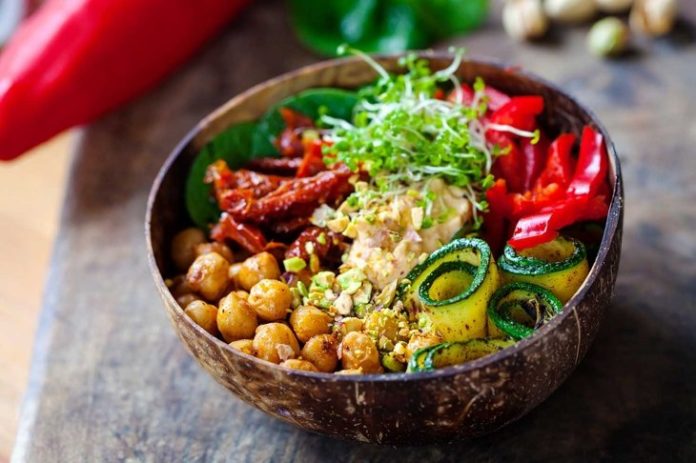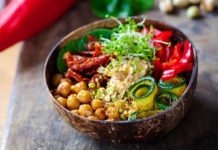
Pulses are one of the world’s healthiest foods (for people and the planet). They’re an excellent source of protein, saturated fat free, and high in fiber. And that’s not all: studies have shown that a diet rich in pulses reduces cholesterol—a key factor in reducing heart disease.
Here are 10 reasons to include more beans, lentils, and other pulses in your day.
01
Plant-based nutrition powerhouses
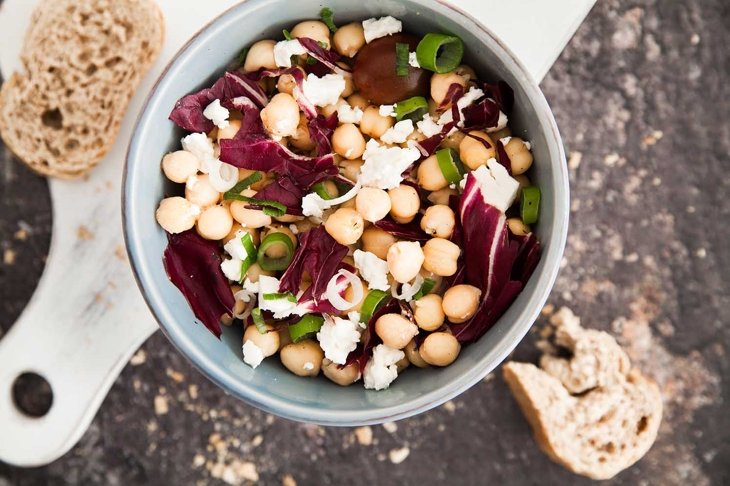
The world is giving more attention to the benefits of plant-based diet choices, and pulses are the hip and darling foods of our day—and they’re here to stay. Not only are pulses the stars in delicious plant-based recipes, but they’re also trending their way into mainstream plant-based faux meat products.
02
Easy on the wallet
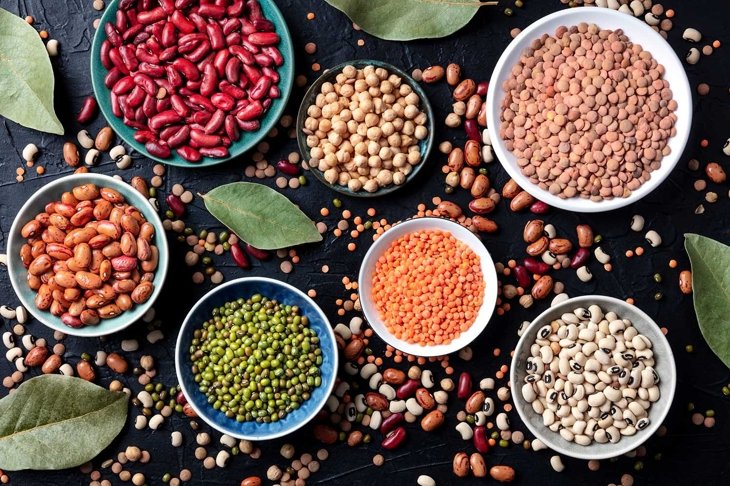
Pulses are cheap to buy, especially in bulk, and easy to store. They also give you bang for your buck, carrying any dish a long way toward satiability while providing both nutritional and environmental benefits. In this Black “Caviar” Lentils Tumbled Over Creamy Yogurt with Mint, warm black lentils meet cool creamy yogurt—a visual sensation that’s delicious served as an appetizer or as a side dish to seafood or chicken.
03
Good carb fuel
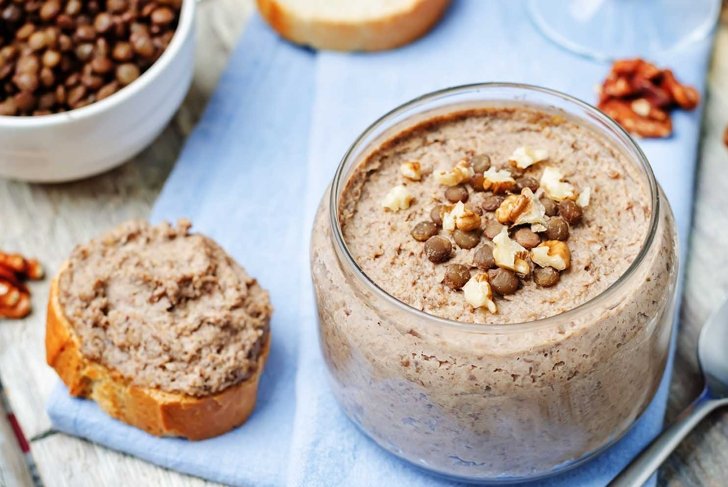
Typically, foods high in carbs jack up your inner glucose meter, but not all carb fuel is bad. Pulses, rich in fiber, protein, and vitamins, offer something very different: during digestion, they provide slow-release fuel, controlling blood glucose levels. If you have diabetes or are at risk for diabetes, replacing other starchy foods in your diet with pulses is one of the best ways to control blood glucose and, as a bonus, reduce blood cholesterol.
04
High in protein
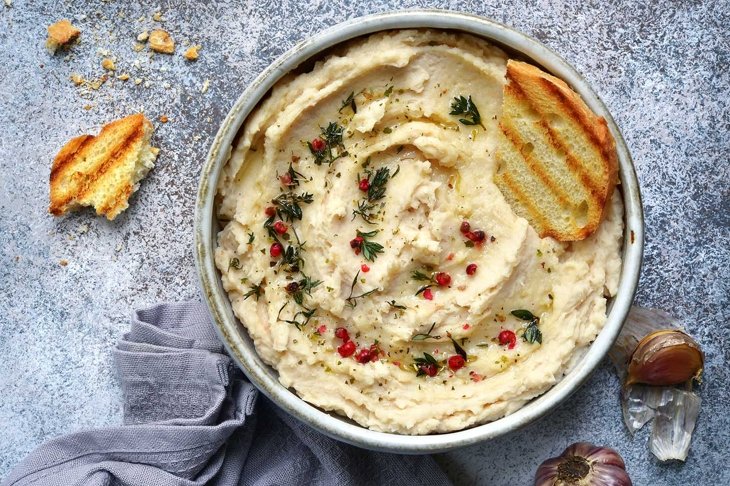
Eating pulses is a super way to increase plant protein in your diet. If you’re not used to eating pulses, start with smaller portions to minimize possible bloating and gas. As your body adjusts, the side effects will dissipate. You can also de-gas pulses by making sure they are rinsed well before cooking, soaking dried beans well and long, sprouting lentils to improve digestion, and cooking beans until very soft.
Bonus tip
Add ajwain (Indian spice also known as carom seeds) or epazote (Mexican herb used for flavouring and for its antiflatulent properties) spices to your dish. Ginger and cumin may also help.
05
Perfect for warming dishes
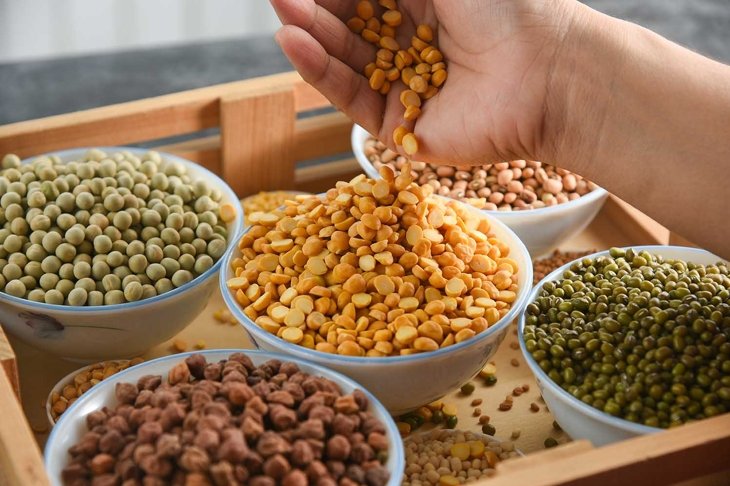
The longer pulses are cooked, the better, making them perfect for adding to soups and stews. Pulses can provide color, texture, and interest and act as the nutritious center of a warming vegetarian bowl on a cold night. If you’re looking for a little inspiration, this Warming Moroccan Turkey Stew has a fiery kick with the hidden cayenne in the spice mix. Alternatively, you can warm up with this Smoky Fire-Roasted Tomato and Bean Soup—an easy fix for any occasion.
06
Flexibly Snackable
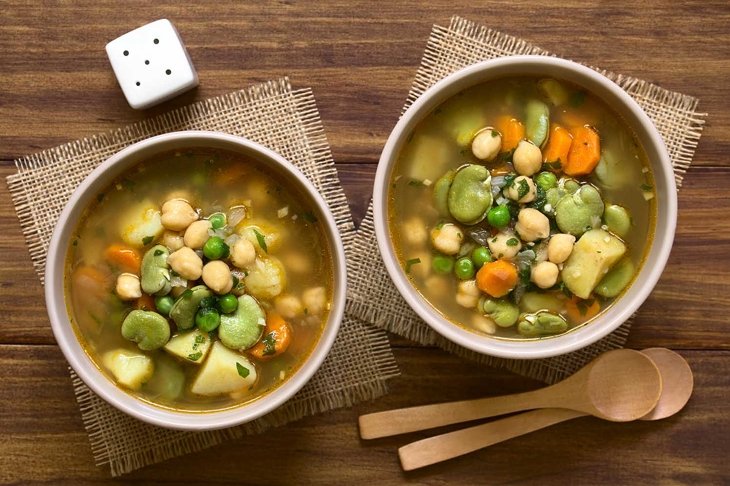
If you’re looking for a nutritious snack that can be used eaten in many different forms, it’s time to reach for the pulses. This Red Lentil Dip is a perfect example: a smooth dip that also doubles as a sandwich spread. Full of flavor, colorful, and creamy, it’s the quintessential dip for any occasion. Red Lentil Dip is also excellent spread on a tortilla wrap and loaded up with veggies. Or pipe into Belgian endive leaves and serve as an appetizer.
07
The star of Kitchari
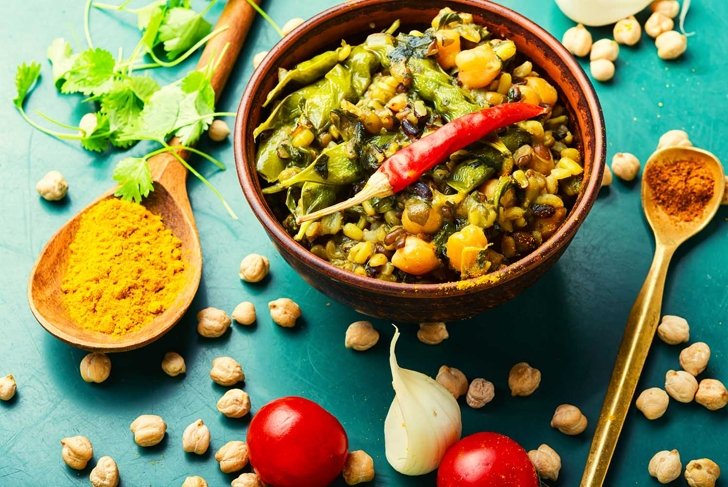
Kitchari is an Ayurvedic staple and is extremely good for digestion. Split peas, moong dal, lentils … kitchari is made from many types of pulses. Kitchari can also be served as a base for roasted vegetables, providing additional nutritional benefits. These Healing Kitchari Bowls includes split peas and rice soaked overnight to make it even more digestible. Coupled with spices, ginger, and greens, it’s a cleansing life-giving meal in a bowl.
08
Friendly to farmers
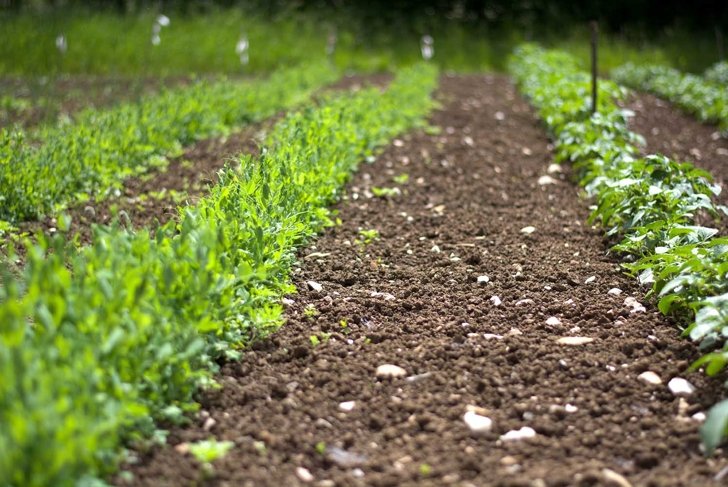
The Food and Agriculture Organization of the United Nations named 2016 the International Year of Pulses as “nutritious seeds for a sustainable future.” Pulses were highlighted not only because of their powerhouse nutritional content, but also because their production “helps farmers maintain household security, creating economic stability.” This Roasted Veggies and Lentils with Crisped Kale and Creamy Vegan Mayo recipe brings the farm love straight to your plate with a contrast of color that makes this an eye-appealing meal for all ages.
09
Kind to the environment
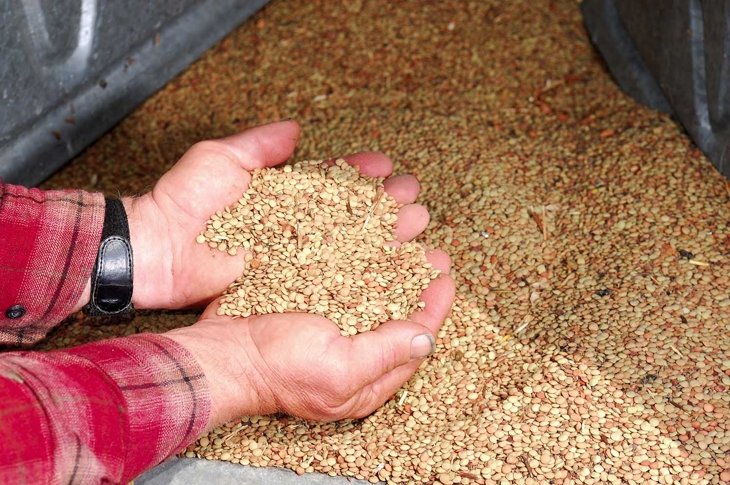
Pulses are not only good for you, but also good for the environment. Pulses can help promote soil biodiversity and climate change mitigation by reducing the need for synthetic fertilizers. As they grow, pulses produce compounds that feed diverse soil microbes that, in turn, benefit soil health, crowding out disease-causing bacteria and fungi and creating healthy soil for other crops in rotation. In addition, pulses can grow in semi-arid conditions and tolerate drought stress.
10
Many different kinds of pulses
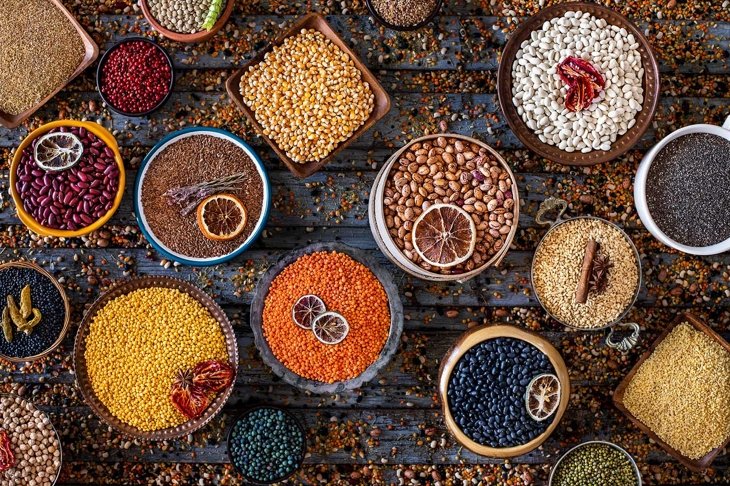
The most commonly known and consumed pulses include dried beans, peas, lentils, and chickpeas. There is confusion in some people’s minds about exactly what is included in the term “pulse.” Is it a lentil? Is it a legume? Is it a bean and/or a pea? The word “pulse” refers to the seed within the legume; “legume” refers to the entire plant—leaves, stems, and pods—while the “pulse” is the edible seed from the legume plant.





























